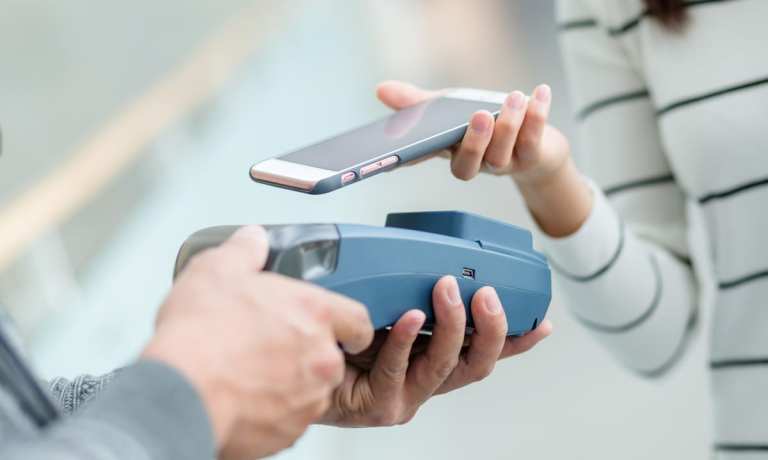Payment Platforms Look To Solve Consumer Education Issue

Consumers don’t want to think about payments – they just want them to work. The underlying methods that make up payments – credit, debit, gift card balance, ACH – are best left unseen, but that doesn’t mean a little education isn’t in order. Just as consumers are increasingly learning that the once-pedestrian interest in shipping requires a bit more attention, they need to know that payments are about a lot more than simply completing a transaction.
“Concerns around safety and sanitation, I think, have been the primary driver of interest – and will continue to be in the short term,” Blackhawk Network Vice President and Group Head of Strategy and Digital Innovation Tristan Roffey told PYMNTS in a recent conversation. “I don’t think anybody wakes up in the morning excited just to make a payment. There’s a lot of thought going into how we can make those payment experiences more engaging and memorable.”
As Roffey explained, product and brand discovery, embedded offerings, digital receipt tracking, warranties, return management, and gamified and social commerce will all be increasingly built into digital payment offerings for consumers. The transaction is becoming the least interesting part of the process, he said – it’s the element that consumers will simply expect to work. The relevant questions going forward will be about how digital wallets can add value to the overall experience. Consumers will want to know what they can do and what else they can offer to create a superior commerce journey. The consumer has a hunger for it, Roffey said – and the technology exists to provide those experiences.
“Consumers are increasingly expecting personalized experiences when they shop, whether that’s in person or online,” Roffey said. “I think we’re all willing to trade a certain amount of data to have a more relevant, value-added experience. Today, that typically means more relevant offers and coupons that are provisioned through a wallet or mobile banking app, whether that’s proximity-based offers, contextual offers or preference-based offers.”
It’s key to add value by making the payment experience about not just the payment itself, but also about elevating the consumer’s convenience. That’s why Blackhawk works with companies in the loyalty space to make trapped currencies like loyalty points, rewards or digital assets spendable at the point of sale via QR code. As Roffey explained, the goal is to enable any alternative form of payment that can support QR codes into an easy option for a consumer to choose at the POS.
“If we look at reward points in particular, there’s over $140 billion in unspent loyalty points that are just kind of sitting there,” Roffey noted. “We think we’re bringing a pretty compelling value proposition to the market by allowing brands and merchants to mobilize that trapped value and put it to work with our SpendIt solution.”
And broadening the payment field means finding ways to bring compelling value to the commerce market that was unheard-of even a half-decade ago, noted Roffey. The explosion of the buy now, pay later (BNPL) market is a primary example of that. The up-and-coming BNPL firms have done a masterful job of blending the shopping and payments experience in a way that makes it both rewarding and engaging for users. It’s something Roffey experienced firsthand during the holiday season as he tapped into one to help him discover where he should buy camping gear.
“These companies are acting much like affiliate publishers, in addition to providing an underlying payment service and driving a large number of leads to merchants. And they are also catering to younger, more debit-centric consumers who don’t want, or have a need for, a traditional credit card,” he explained. And with a small sliver of the market claimed, they are ones to watch in a rapidly evolving field, because they have so much room left to grow into.
Meanwhile, the field itself also still has a lot of growing up to do – in terms of meeting and exceeding consumers’ growing and changing needs in their commerce journeys. There are small things, like the relative lag of contactless payments in the U.S. market, despite the fact that consumers are increasingly expressing a preference for them. Then there are big things, like finding better ways to protect consumers’ privacy in a world where increasingly diversified data streams are becoming instrumental in building the right personalization offerings. The digital switch is here to stay, and it’s time to welcome the wave of innovation it will bring along in its wake.
“I think we’re going to see new business models, new pricing models and new competitors emerge,” Roffey predicted. “And an evolution from our casual payment methods to a comprehensive, end-to-end shopping experience that is curated to customers’ needs.”